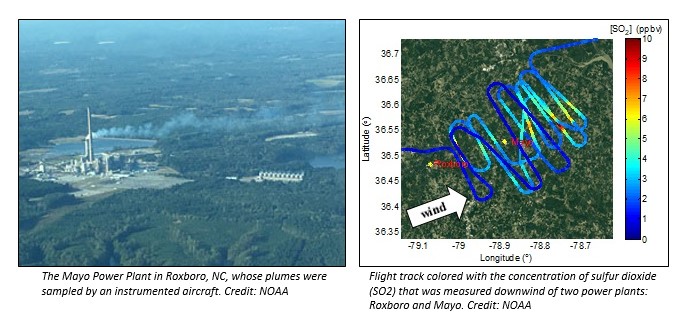ASMD
Tianfeng Chai will give a presentation at 2019 Joint Satellite Conference on October 3 in Boston, MA, titled, “Smoke forecasts using HYSPLIT-based emission inverse modeling system and NOAA GOES smoke products.”
Dr. Hyun Cheol Kim will attend multiple meetings in the Republic of Korea from October 1-11, beginning with a project progress meeting on the top-down adjustment of East Asian anthropogenic emissions being held at Ajou University. He will then give invited presentations to the Korea Environment Institute and Korea Nuclear Safety Institute, discussing future collaboration on climate change and air pollution, and HYSPLIT-based nuclear dispersion modeling, respectively.
At the 37th International Technical Meeting for Air Quality Modeling Meeting (ITM) there is a renewed emphasis in the importance of emission sciences in qualifying chemical weather projections for near and far terms in decadal scales. Dr. Pius Lee’s oral presentation on ARL’s dust emission work contributed by Drs. Daniel Tong, Barry Baker, Rick Saylor, Youhua Tang and Patrick Campbell entitled: “Satellite-aided regional dust forecast to mitigate impact of valley fever and visibility impairment in Southwestern US” was well received. Many good questions responded to Pius’ talk on how satellite retrievals were able or unable with the present limitations to nail down the vertical distributions of the dust plumes as well as on land use characteristics retrievals were raised. The topic falls well with the meeting’s key-note speeches: “Regional aerosol emissions changes: how do they affect climate” and “A multiple-scale perspective of air quality” by Drs. Annica Ekman from the University of Stockholm and Guy Brasseur of the National Center for Atmospheric Research (NCAR), respectively.
Chris Loughner will give a lightning talk at the Climate Portfolio Meeting on October 2 (via telecon) titled, “CO2-Urban Synthesis and Analysis (CO2USA): HYSPLIT Development.”
Three research flights were conducted on September 22-23 to sample plumes from three coal-fired power plants in North Carolina: Roxboro, Mayo and Belews Creek. Data collected during the flights include sulfur dioxide (SO2), carbon dioxide (CO2), and nitrogen oxides (NOx) as well as meteorological parameters. Coupled with the data from EPA’s continuous emission monitoring systems (CEMS), the aircraft data will be used to evaluate the transport and dispersion in the HYSPLIT model. The emission rates of SO2, CO2, and NOx will be estimated using the aircraft observations based on the mass balance approach and an inverse model. These aircraft-based emission rates will be compared to the emission rates in the CEMS.


